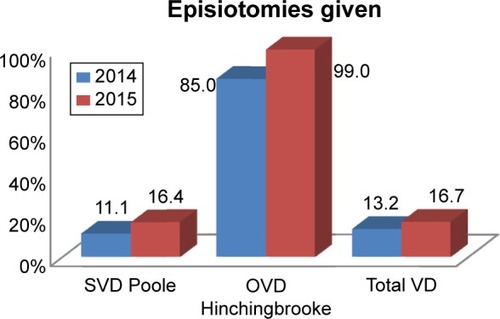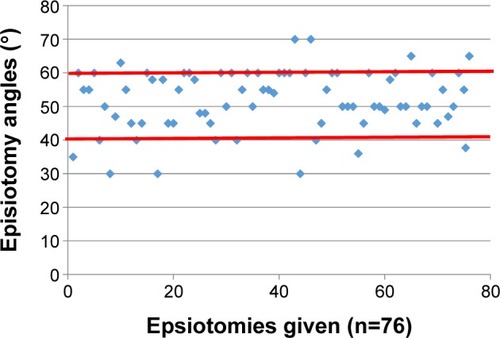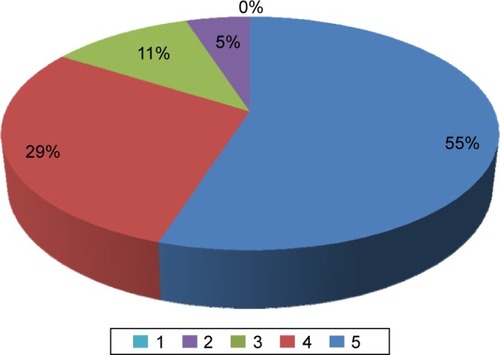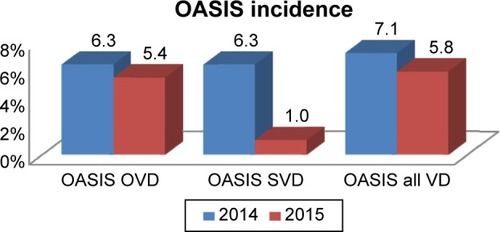Figures & data
Table 1 Overview for 2014 and 2015 of total births, first births, episiotomy rates, and obstetric anal sphincter injuries (OASIS) rates for both spontaneous vaginal deliveries (SVDs) and operative vaginal deliveries (OVDs) in nulliparous (NP) women
Figure 1 PBL distribution.
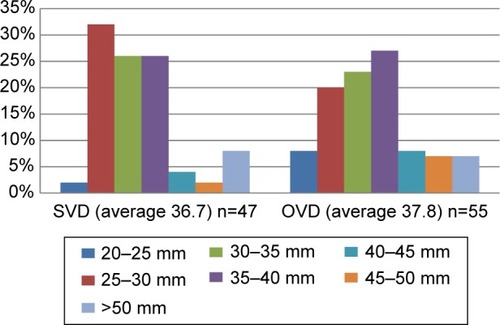
Figure 4 Significant changes in episiotomy numbers.
